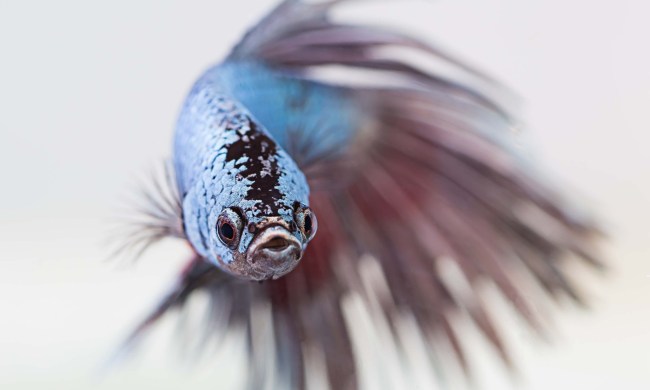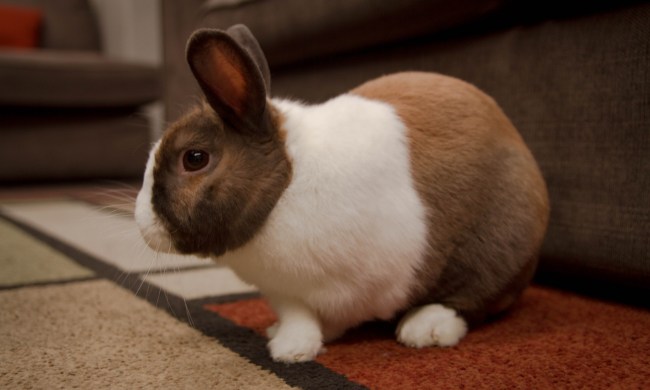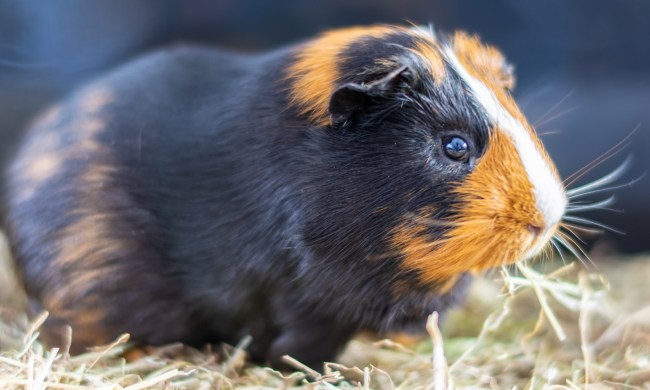Think caring for a hamster is easy? Think again. While she may be tiny, the amount of work that goes into her care is huge, including keeping her clean, fed, and well exercised. But it’s totally doable with the right setup and the right schedule. Luckily, unlike a dog who requires daily walking no matter your mood or the weather, you put in a lot of the effort for a rodent up front by setting up her enclosure. Then it’s mostly feeding, maintenance, and playtime that will require your minutes. So, as with many things, the key here is preparation. By learning how to take care of a hamster now, you’ll ensure that small pet ownership goes well for both of you.
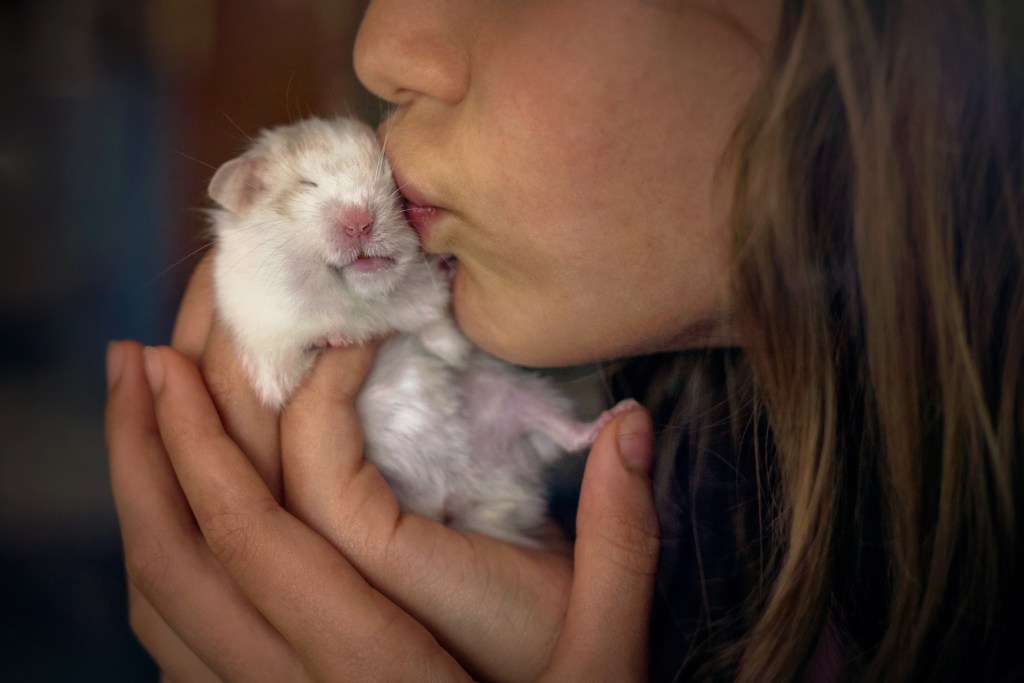
Is it easy to take care of a hamster?
Well, yes and no. You will certainly spend fewer hours a week actively caring for a hamster than you would with a large dog who has seemingly endless energy. On the flip side, poop-scooping for a canine or cat should take just a minute or so per day, but you need to thoroughly deep-clean a rodent’s cage at least weekly, with daily spot tidying in between. You also have to find fun and unique ways to make sure your pet stays entertained, a big undertaking for any parent.
Do hamsters like to be held?
You’ll notice at first that your hamster does not enjoy being picked up. Remember she is prey to other creatures in the wild, especially big carnivores like you (even if you’re a vegan; she doesn’t know that). It will take time for her to warm up to you, and that means taking the slow approach. Begin by not even touching her, instead allowing her to get used to your scent. Yup, you read that right, these rodents like so many little critters rely on their noses a lot. Work your way up to holding her by offering her favorite things: treats. That will start endearing you to your animal so you can eventually pick her up.
Do’s and don’ts with hamsters
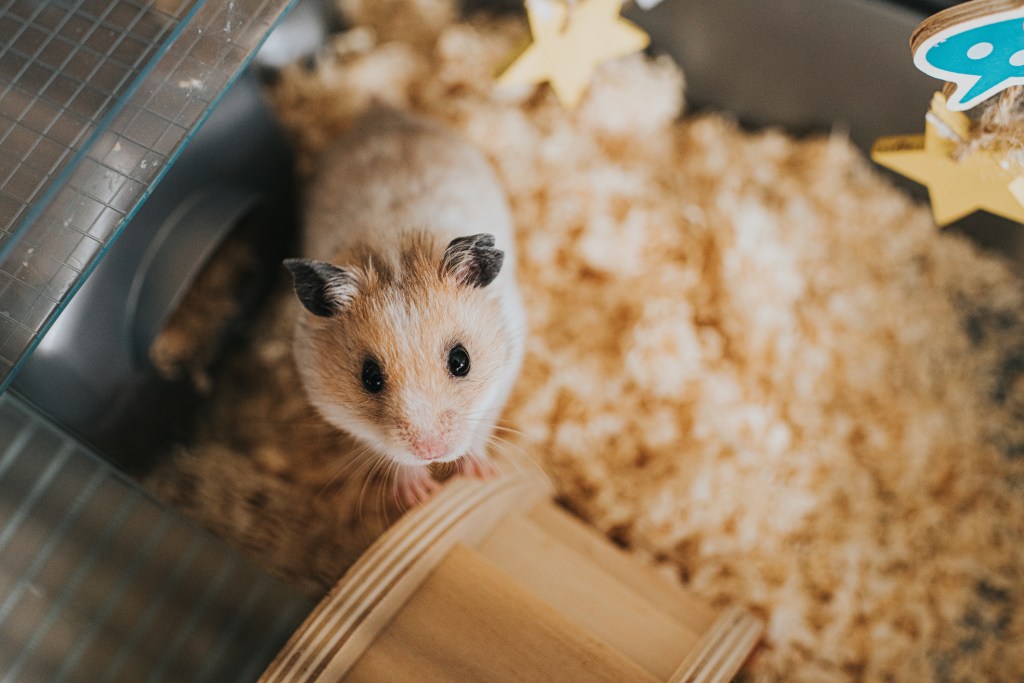
In addition to creating a comfortable environment where your pet knows she’s safe, you have to provide healthy food, lots of exercise, and a tidy home.
Food and water
You may be surprised to learn that hammies are actually omnivorous — in the wild they eat insects along with other traditional food. However, as long as you give her commercial pellets, you don’t need to slip in a few bugs since her protein requirements are covered. In addition to store-bought food, you also want to offer timothy hay, fresh veggies, and occasionally fruits and treats.
Play and exercise
You can go a few different ways with this. Some owners build a tube city, a wide array of interconnected highways both above and below the surface. An endless tunnel network will certainly give your hamster plenty to do, but you might also want to install the infamous hamster wheel. Be prepared, though, because your little nocturnal four-legger will run the night away. That’s why you want to place the cage far away from any bedrooms for humans who are light sleepers.
Bedding and cleaning
Check your tiny companion’s cage for dirty bedding every day, when you go into it to feed her. Scoop out any bad bits and replace them with a small handful of clean substrate. Doing this needed maintenance in these small steps will prevent you from being overwhelmed by it. Once a week, take everything out for a thorough cleaning. This full refresh gives you the chance to mix things up a bit too so that your inquisitive creature never gets too bored.
Adding a small pet to your family means making a special kind of commitment. We bet you’ll dive right into it and find yourself a happy hamster parent, regaling her sweet adventures. You’ll quickly discover a whole community of fellow hamster-lovers eager to offer advice and tips on making her life even better. If you want to take it a step further, set up your own social media for your little rodent and pass along your expert advice in turn. You will certainly become a pro in no time after all.

